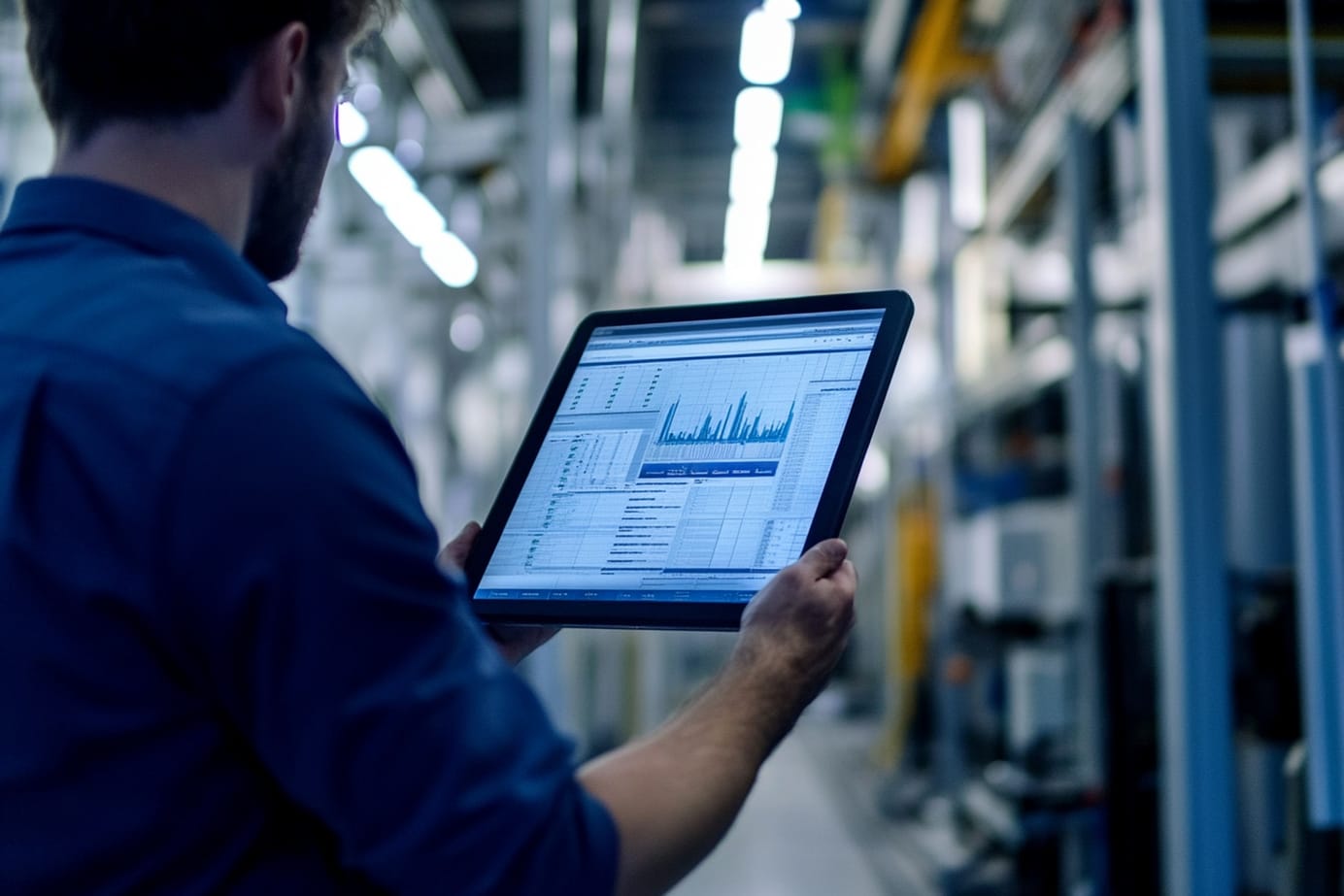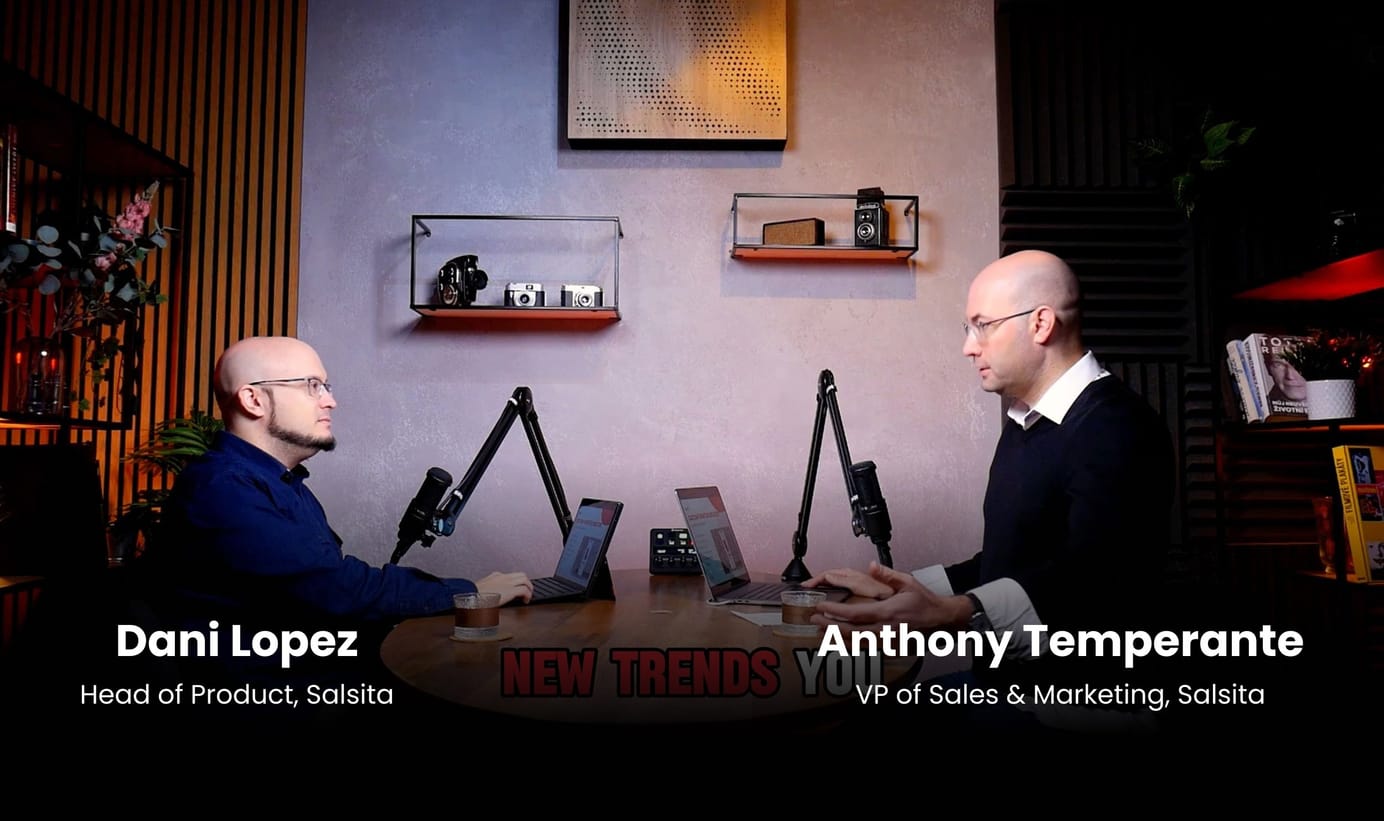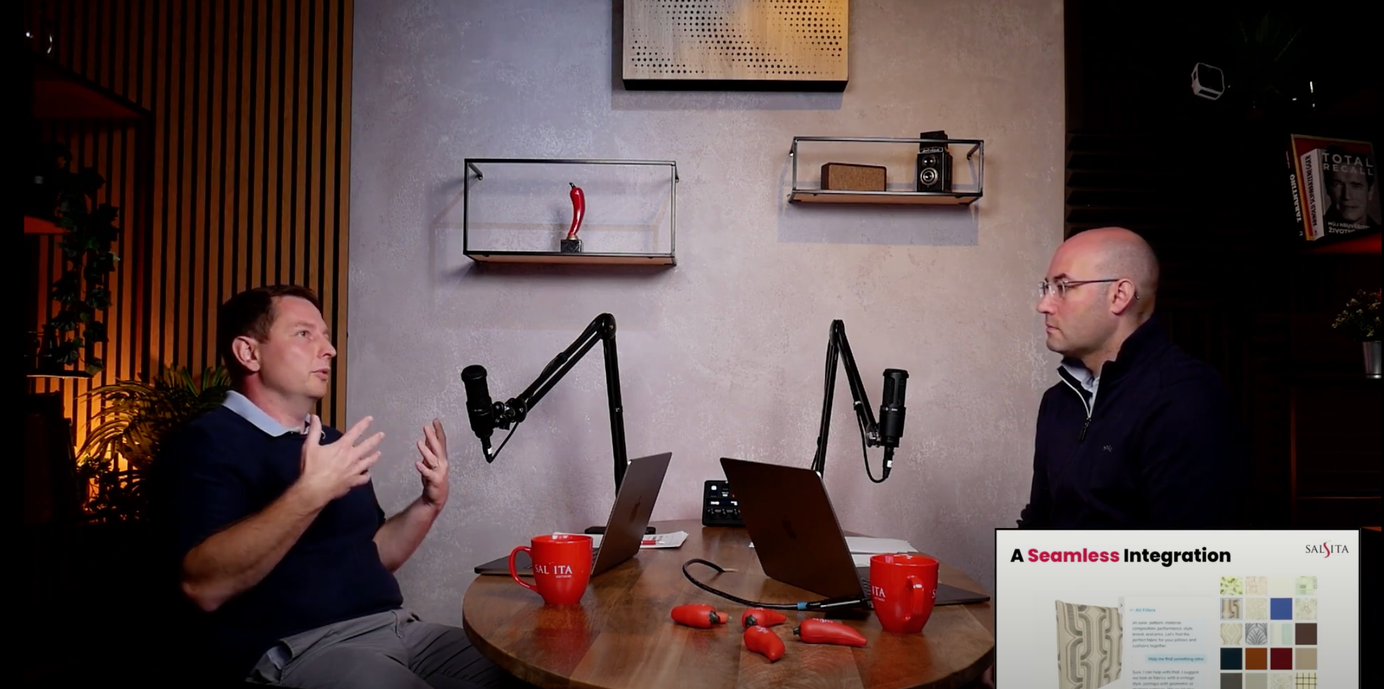
A Complete Guide to Furniture Configurators: Grow Your Sales & ROI Paid Members Public
Learn how furniture configurators help manufacturers boost sales, cut manual work, and scale custom orders. This complete guide covers key features, ROI, and how to choose the right solution.

What's a Quote Configurator & Why B2B Manufacturers Need One Paid Members Public
A quote configurator automates pricing and quoting for configurable B2B products, reducing errors and speeding up sales. Learn how it streamlines sales, production, and marketing operations.

5 Benefits of a CPQ Product Configurator for Sales & Production Paid Members Public
Sales and production misalignment slows B2B manufacturing. A CPQ product configurator ensures every order is accurate, priced correctly, and production-ready. Learn how!

Is Your 3D Furniture Configurator Delivering the ROI You Expected? Paid Members Public
Using a 3D furniture configurator is a great step toward meeting modern buyer expectations. But is it truly boosting sales, reducing errors, and delivering ROI?

How to Fix Errors & Improve Manufacturing with a BOM Configurator Paid Members Public
A BOM configurator automates BOM creation, reducing errors and speeding up production. It boosts ROI not just for product and engineering teams but also for sales by streamlining quoting and order processing.
5 Ways an ERP Product Configurator Can Streamline Your B2B Sales Paid Members Public
B2B sales teams selling modular products need speed and accuracy. An ERP product configurator automates quoting, ensures error-free configurations, and syncs with your ERP—helping you close deals faster and scale efficiently.

4 Challenges of Selling Custom Furniture Online - and How to Overcome Them Paid Members Public
Learn from experts the biggest roadblocks to selling custom furniture online and how a 3D Furniture Configurator can help.

Personalization in E-Commerce: How AI-Powered 3D Configurators Make It Happen Paid Members Public
Learn from experts how AI-powered 3D configurators bring hyper-personalization to e-commerce, helping brands meet rising customer expectations and boost sales.







